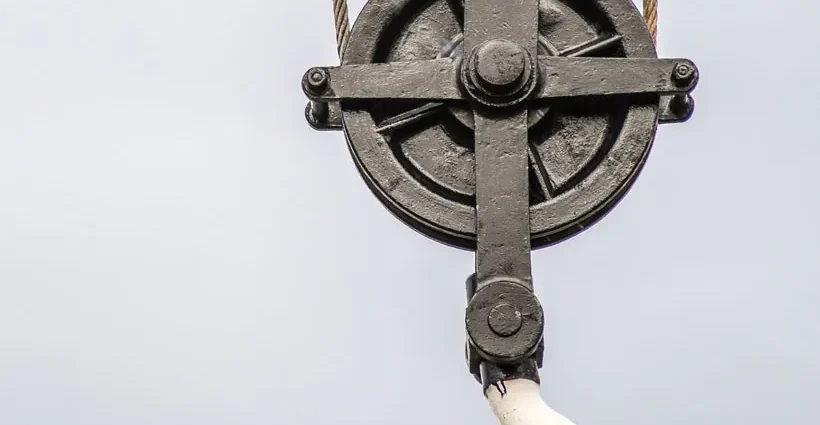Wire ropes are essential components in heavy-duty applications such as mining, construction, ports, elevators, and drainage systems. Yet, despite their critical roles, these complex mechanical systems are often subject to inconsistent or inadequate lubrication practices.
Ron Byrnes, Senior Technical Sales Representative and Wire Rope Specialist at Lubrication Engineers (LE) South Africa, brings over three decades of hands-on experience, including time spent in major Southern African mines and with a wire rope manufacturer. His message is clear: proper lubrication of wire ropes is not optional—it’s vital for performance, longevity, and safety.
Understanding the Machine Within the Rope
“Wire ropes are not just cables,” Byrnes explains. “They are intricate machines with multiple moving parts. Wear occurs between both wires and strands due to internal movement, and if left unlubricated, this can lead to significant internal corrosion.”
Importantly, he notes that corrosion isn’t always visible rust. “It can also mean a loss of metal within the rope due to internal abrasion—scuffing and fretting—which lubrication helps prevent. Rust is also a concern, but internal wear is more insidious and nearly impossible to contain without lubricant.”
Common Practice: Inconsistency and Risk
In many operational environments, lubrication remains a “hit or miss” process. Teams often rely on visual checks or routine intervals, with little understanding of the rope’s internal condition until a non-destructive test is performed. Byrnes urges a shift toward a more informed approach—one based on understanding how the rope functions and how lubrication interacts with its internal dynamics.
Local Context: Bitumen-Based Challenges
In South Africa, both domestic and imported wire ropes are in use, each with different construction and lubrication profiles. Many ropes are initially treated with a bitumen-based lubricant—a thick, hard coating grease that must be heated for application. Byrnes explains that while users can’t alter the rope’s initial treatment, they can choose aftermarket lubricants that complement and work effectively with the original coating.
The Right Lubricants for the Job
For high-performance, compacted imported ropes, Byrnes recommends LE’s Wirelife Monolec Penetrating Lubricant 2001, which features a Timken OK Load rating of 27.2 kg and a diluent additive to aid penetration deep into the rope’s core.
For round, non-spin, and six-stranded triangular ropes, he suggests Wirelife Almasol Coating Grease 452, an NLGI 00-grade lubricant that performs exceptionally well across a wide temperature range—from -20°C to over 120°C. Unlike bitumen-based alternatives, it does not harden and fling off in sub-zero conditions, a common problem that leads to rope damage.
Lubrication Delivery: The Viper Advantage
Both lubricants can be applied efficiently using the Viper Rope Lubricator, a system that cleans and lubricates the rope in a single pass. It features a collar and sealing mechanism that holds the rope steady as it moves through, applying fresh lubricant while removing old residues.
Byrnes notes that even ropes previously treated with bitumen-based greases can be successfully relubricated with LE’s products using the Viper system—with no fling-off issues.
Safer, Cleaner, Smarter
Environmental safety is another reason to move away from bitumen. When burned, bitumen-based lubricants emit harmful fumes. LE’s lubricants, by contrast, are formulated to meet strict environmental and safety standards, featuring high flash points and low toxicity.
Byrnes underscores the importance of compliance with both South Africa’s Mine Health and Safety Act and international OSHA regulations. “A strategic, informed approach to rope lubrication isn’t just better for the rope—it’s better for workers, the environment, and the bottom line.”




